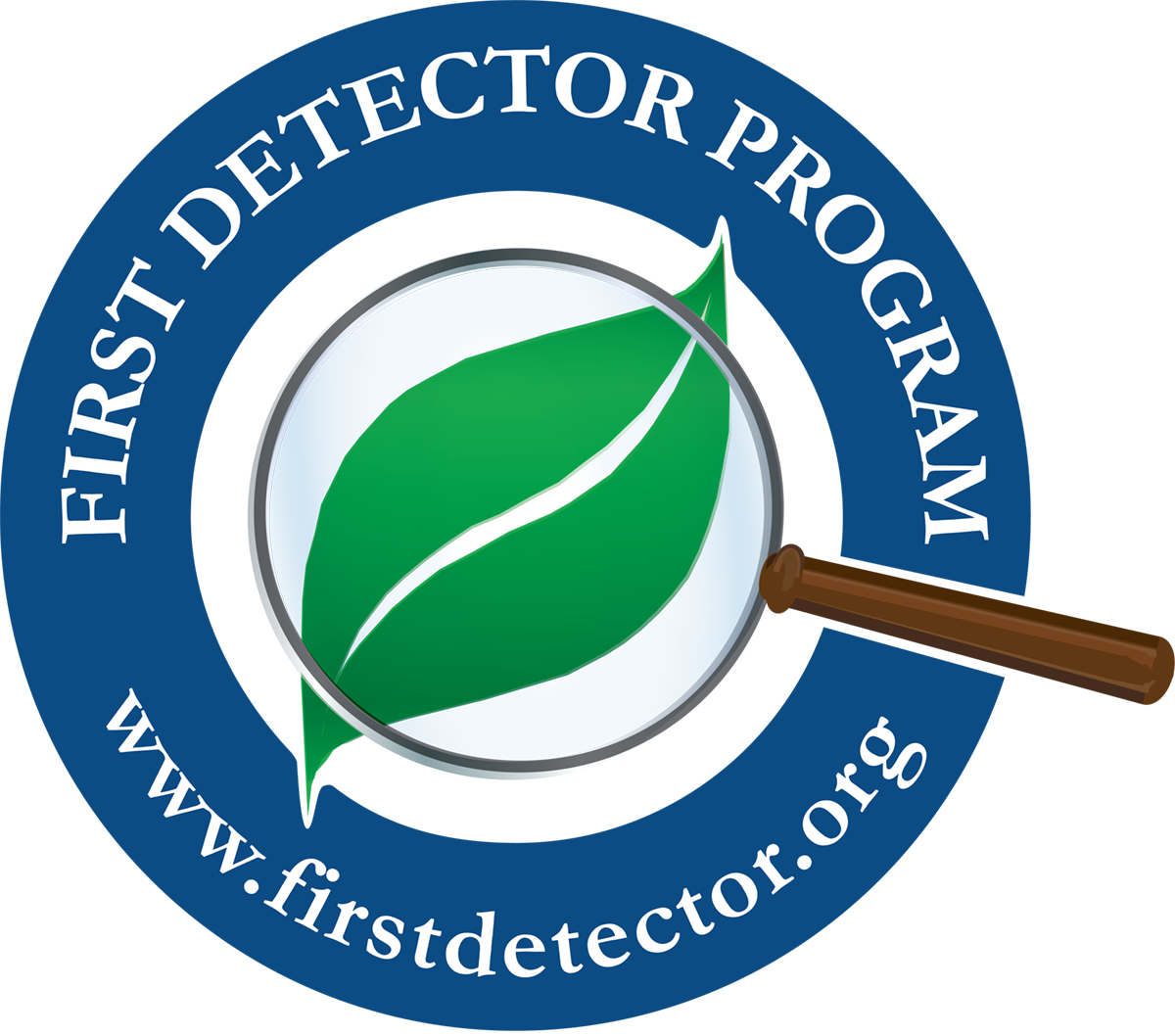You have been forwarded from https://www.firstdetector.org/
 Unfortunately, the NPDN First Detector Program and its website have been discontinued due to significant funding cuts over the last 10 years. Please read about this program and why it has gone offline HERE.
Unfortunately, the NPDN First Detector Program and its website have been discontinued due to significant funding cuts over the last 10 years. Please read about this program and why it has gone offline HERE.
NPDN hopes that in the future we will be able to build another publicly available outreach program with additional funding. If you found the NPDN first detector program useful please contact us to let us know how you found it useful and how you and/or your program is impacted by its absence. We’ll use this information to reach out to funding agencies and legislators. As a stakeholder of NPDN, you can also reach out to your representatives to explain why detection and diagnostics of plant pests and diseases are important to your community and plant biosecurity.

